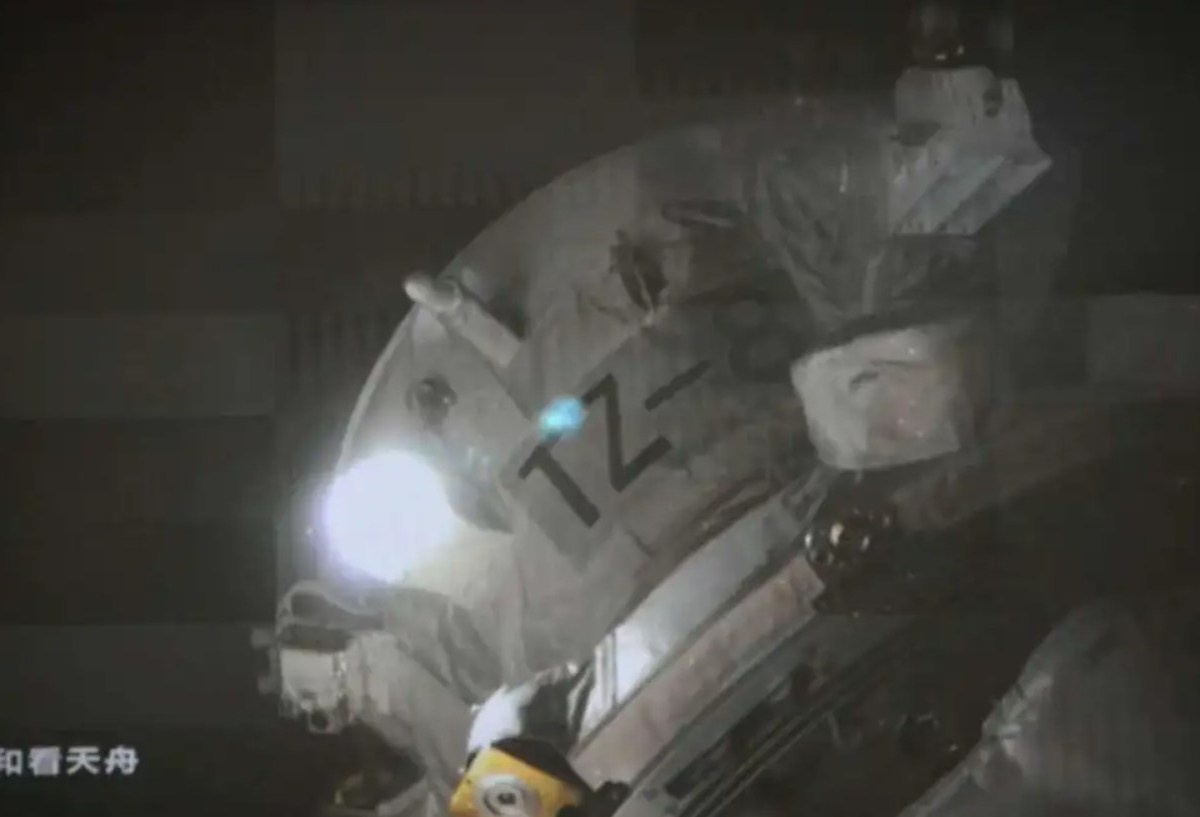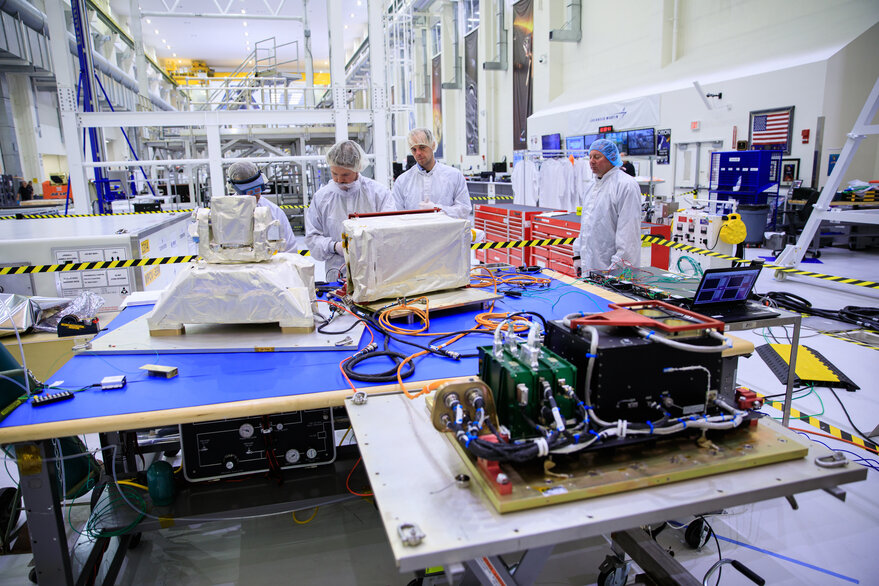HELSINKI — A cargo spacecraft has arrived at China’s Tiangong space station, delivering supplies, experiments and equipment to support crewed missions.
The Tianzhou-8 spacecraft launched atop a Long March 7 rocket from the coastal Wenchang spaceport at 10:13 a.m. Eastern (1513 UTC) Nov. 15. The spacecraft separated from the rocket around 10 minutes into the flight.
Tianzhou-8 docked with Tiangong just over three hours later, at 1:32 p.m. Eastern (1832 UTC). The spacecraft docked with the space station’s aft port , according to the China Manned Space Engineering Office (CMSEO).
The spacecraft is carrying around 6,000 kilograms of supplies, according to China Central Television. Most of this is dedicated to supporting the ongoing Shenzhou-19 crewed mission, which launched Oct. 29, and the future Shenzhou-20 crew.
The payload mass includes 458 kilograms of scientific application materials, including experiment payloads, units and samples, as well as spare parts and application consumables.
One of the experiments aboard Tianzhou-8 is a set of bricks made from varying compositions of lunar regolith simulant. The bricks will be deployed on external racks outside Tiangong and exposed to the harsh vacuum and radiation and temperature environments of outer space for around three years. These will then be returned to Earth for analysis and could inform how China plans to construct habitats for its planned International Lunar Research Station (ILRS) in the 2030s.
Beyond materials for lunar research, Tianzhou-8 also supports biological studies related to long-term space exploration. These will be later frozen and returned to Earth, where researchers will examine the changes in gene expression due to microgravity and the lack of magnetic field and compare them with control groups on the ground. The experiment is part of understanding how animal behavior, reproduction and brain function is affected by space travel.
The Tianzhou-8 spacecraft is reported to have an extra 102 kilograms of payload capacity over the Tianzhou-6 and Tianzhou-7 missions. Both previous missions themselves were designed to carry around 20 percent more payload (maximum 7,400 kg) than the first five Tianzhou spacecraft.
China aims to operate the three-module Tiangong for at least a decade. The country is also planning to expand the space station to six modules, as well as adding the co-orbital Xuntian space telescope to the complex in the coming years.
CMSEO recently awarded contracts to two companies to develop prototypes of low-cost cargo concepts to supply Tiangong. The program will provide backup options to supply Tiangong and increase capabilities such as potential downmass. The Tianzhou/Long March 7 combination is currently China’s only method of supplying Tiangong.
One concept is the Qingzhou cargo spacecraft from Microsat, to launch on the first CAS Space Kinetica-2 kerosene-liquid oxygen launcher in the second half of 2025, while Haolong is a reusable shuttle being developed by the Aviation Industry Corporation of China (AVIC), previously thought to have been engaged in China’s spaceplane projects. Haolong will launch on a rocket by land horizontally on a runway.
The Tianzhou-8 mission was China’s 56th orbital launch of 2024. It follows the launches of the Haiyang-4 (01) oceanography satellite and 15 satellites aboard a Lijian-1 (Kinetica-1) commercial solid rocket earlier this week.
The country’s main space contractor CASC had announced early this year that it and China’s commercial launch service providers targeted a combined total of around 100 launches this year. Both CASC and commercial launchers appear to be well behind this target. The debut launch of the new Long March 12 is expected in the coming weeks from a new commercial spaceport near Wenchang. Major missions already completed include the Chang’e-6 lunar mission which delivered to Earth the first ever samples collected from the lunar far side.



